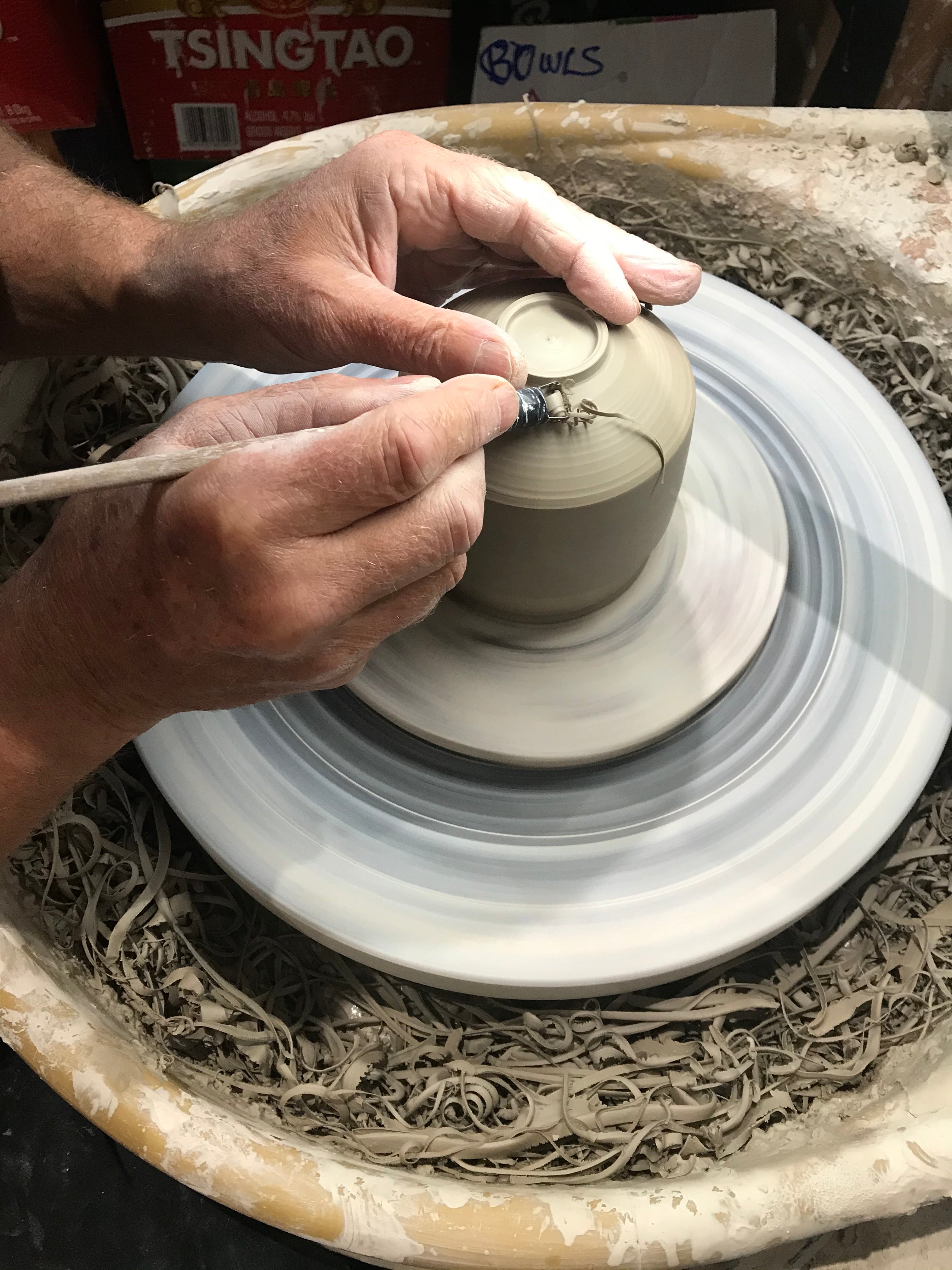Stories

Annadale Brickworks - Clive Fiddis
Annadale Brickworks is a Belfast ceramics studio established by Clive Fiddis. The name derives from an old brickworks near to Clive's studio in the centre of Belfast. Having loved, made and taugh...
Read moreTell us a little bit about what you make: I make a variety of tableware using both stoneware clay and more recently, local clay from the Dublin mountains. Each piece is hand thrown in my studio in...
Read more
Helen Faulkner - Process & Planters
We have been fans of Helen Faulkner's work for some time now, the contrast between the dark terracotta clay and the creamy coloured glazes she uses is very appealing. We were delighted when she ag...
Read moreOn a sunny Sunday morning in late August, we arrived into the picturesque West Cork village of Durrus. Pinned to the doors of a closed local shop hung some twenty plastic carrier bags. On closer ...
Read more